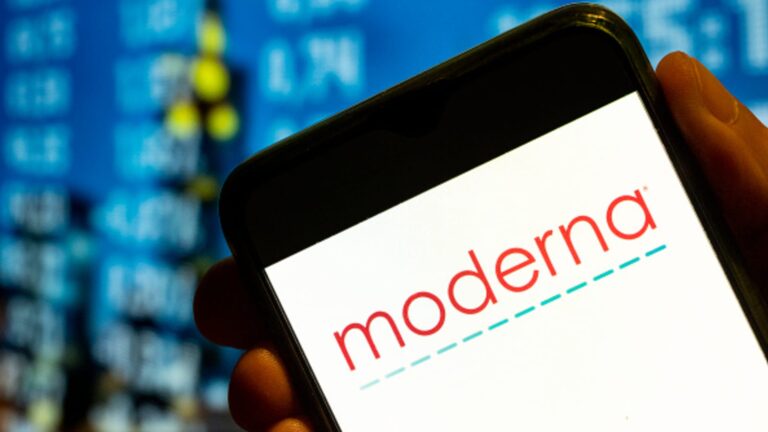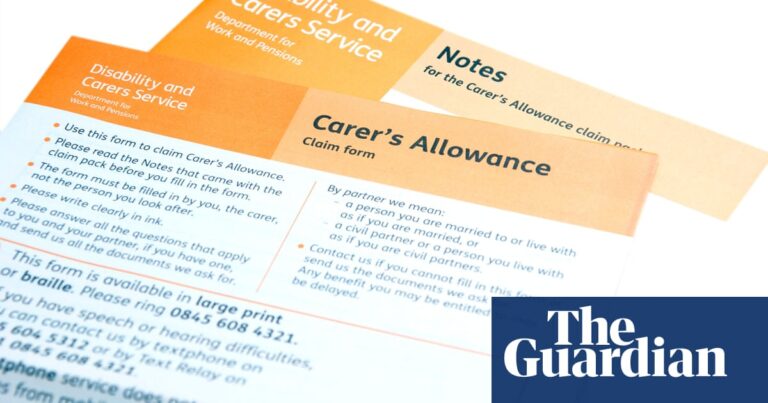
A long time ago, when I worked in an office, we used to take lunch quite seriously. This meant getting up from our desks, walking on our legs, and eating with another human being for the purposes of chat. Sometimes this even happened outside, or at a restaurant. It seems absurd now. Who has the time to hang out in the middle of the day or drop $20 on a sandwich when you could be sitting at your desk, staring at the internet, grazing leftovers from a plastic container from home? (Or, if you’re already at home, let’s be honest, taking a nap.)
If this killjoy reflex is a side-effect of age – for most people, time becomes less their own as they get older – it is also, it seems, a sign of the times. Two recent pieces of research in the US indicate that, over the past four or five years, Americans have been spending less money at lunchtime – 3.3% less, according to a payments app, Square – and also moving around less in the middle of the day.
A study into post-Covid downtown recovery by the University of Toronto earlier this year found that in the central business districts of most North American cities there has been a marked “decrease in activity levels during working hours” since the pandemic. This is partly due to the rise in remote working. But it may also be that the very concept of a lunch hour is on the wane.
In the US, how we eat weekday lunches has always been a barometer for cultural attitudes towards work. Think back to 1987 and the movie Wall Street, in which Gordon Gekko’s “lunch is for wimps” was itself an echo of David Mamet’s “coffee is for closers”, from Glengarry Glen Ross. Competitive productivity, a solid feature of American and British cultural life for the past 40 years, will probably always be with us in some form or another. What’s curious is that, in an era of high inflation and wage stagnation, it seems likely that skipping lunch is less an expression of thrusting ambition – Deals! Deals! Projects! Projects! – and more like a piece of dowdy expediency.
It has to be said that I’m fairly dowdy about lunch these days myself. I would rather take an hour at the end of the day than spend one fannying about in the middle. The only thing worse than the person who wants to meet you for lunch is the person who wants to meet you for breakfast (no one wants your breakfast meeting, stop it). The French are, I’m sure, still eating three-course meals before strolling back to their desks at 3pm, but that doesn’t work here, in the land of two weeks’ annual holiday and no mandated maternity leave. Etc etc.
As I type this, I realise I don’t believe any of this, which makes an elevated case for what is, in fact, entrenched social and physical laziness. The truth is, I don’t go out or meet people for lunch because most of the time I can’t be bothered. I’d rather stare at the internet or move things around my apartment under the auspices of “tidying up”.
This seems like a bad thing. At the very least, it has nothing to do with productivity. There is, I’m sure, a case to be made that socialising, moving around, or taking your head out of work in the middle of the day is actively good for your output. (Not to mention your emotional and physical health.) Skipping your lunch hour feels like part of a larger bait-and-switch, on a continuum with zero-hours contracts, gig labour, no security, no benefits – all bad deals that were presented by employers as opportunities for us to enjoy greater freedom. You can, of course, take all the lunch break you want if you’re on your own clock. In which case, why take any lunch break at all?
Still, the conditioning dies hard. Lunch is for wimps. By not taking lunch, I am signalling to myself that I’m highly productive, without actually having to do any work. Back in the day, there was a woman, a friend of a friend, who used to preface her lunch dates with the phrase: “I only get an hour.” We used to think this was funny and vaguely pathetic, so that “I only get an hour” became a byword for being a sad worker bee. I have to say, I don’t think it looks that way, now.






